Top Rankings
Lexington City Schools School District ranks among the top 20% of public school district in North Carolina for:
Category
Attribute
Diversity
Most diverse schools (Top 1%)
For the 2025 school year, there is 1 public preschool serving 310 students in Lexington City Schools School District.
Public Preschools in Lexington City Schools School District have a diversity score of 0.73, which is more than the North Carolina public preschool average of 0.72.
Minority enrollment is 82% of the student body (majority Black and Hispanic), which is more than the North Carolina public preschool average of 59% (majority Black and Hispanic).
Overview
This School District
This State (NC)
# Schools
7 Schools
994 Schools
# Students
2,941 Students
464,055 Students
# Teachers
188 Teachers
33,275 Teachers
Student : Teacher Ratio
16:1
16:1
District Rank
Lexington City Schools School District, which is ranked within the bottom 50% of all 320 school districts in North Carolina (based off of combined math and reading proficiency testing data) for the 2021-2022 school year.
The school district's graduation rate of 82% has increased from 80-84% over five school years.
Overall District Rank
#239 out of 325 school districts
(Bottom 50%)
(Bottom 50%)
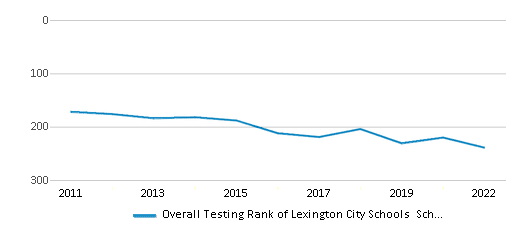
Math Test Scores (% Proficient)
41%
51%
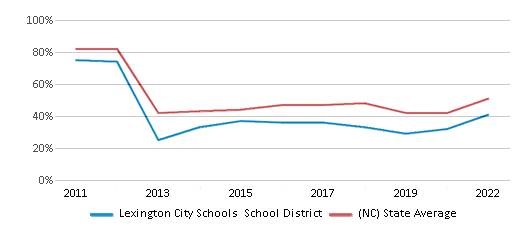
Reading/Language Arts Test Scores (% Proficient)
38%
50%
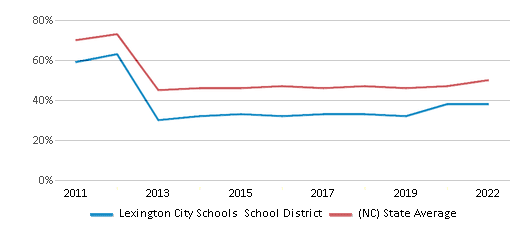
Science Test Scores (% Proficient)
53%
63%
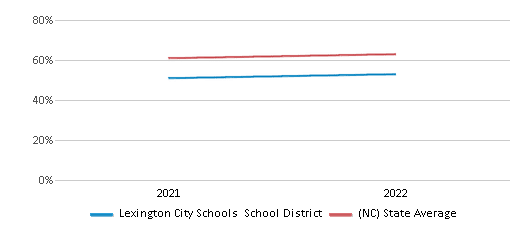
Graduation Rate
82%
86%
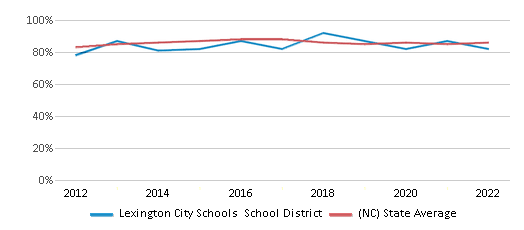
Students by Ethnicity:
Diversity Score
0.73
0.72
# American Indian Students
7 Students
6,572 Students
% American Indian Students
n/a
1%
# Asian Students
94 Students
18,458 Students
% Asian Students
3%
4%
# Hispanic Students
1,094 Students
105,943 Students
% Hispanic Students
37%
23%
# Black Students
931 Students
114,509 Students
% Black Students
32%
25%
# White Students
510 Students
189,147 Students
% White Students
18%
41%
# Hawaiian Students
6 Students
648 Students
% Hawaiian Students
n/a
n/a
# Two or more races Students
299 Students
28,778 Students
% of Two or more races Students
10%
6%
Students by Grade:
# Students in PK Grade:
99
23,104
# Students in K Grade:
227
72,144
# Students in 1st Grade:
202
74,289
# Students in 2nd Grade:
237
75,942
# Students in 3rd Grade:
203
68,925
# Students in 4th Grade:
221
69,686
# Students in 5th Grade:
211
66,668
# Students in 6th Grade:
196
5,021
# Students in 7th Grade:
213
3,684
# Students in 8th Grade:
191
3,629
# Students in 9th Grade:
287
214
# Students in 10th Grade:
264
194
# Students in 11th Grade:
225
187
# Students in 12th Grade:
165
368
# Ungraded Students:
-
-
District Revenue and Spending
The revenue/student of $12,136 is higher than the state median of $11,187. The school district revenue/student has stayed relatively flat over four school years.
The school district's spending/student of $12,202 is higher than the state median of $11,612. The school district spending/student has stayed relatively flat over four school years.
Total Revenue
$36 MM
$17,307 MM
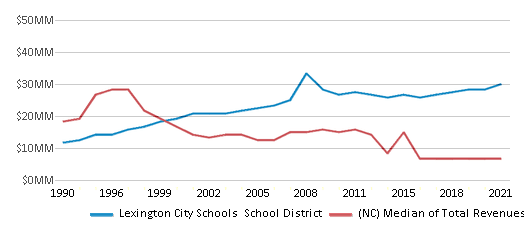
Spending
$36 MM
$17,964 MM
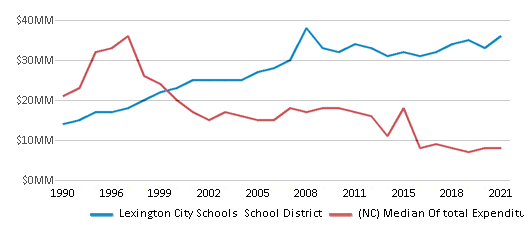
Revenue / Student
$12,136
$11,187
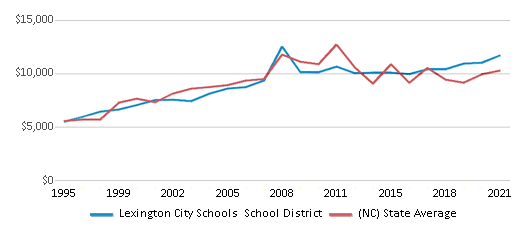
Spending / Student
$12,202
$11,612
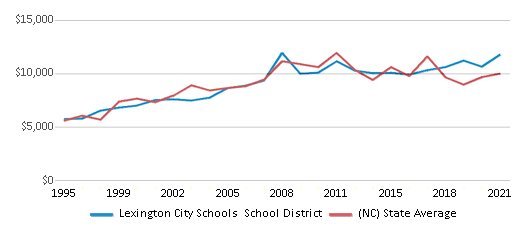
Best Lexington City Schools School District Public Preschools (2025)
School
(Math and Reading Proficiency)
(Math and Reading Proficiency)
Location
Grades
Students
Rank: n/an/a
1000 Cotton Grove Road
Lexington, NC 27292
(336) 242-1544
Lexington, NC 27292
(336) 242-1544
Grades: PK-K
| 310 students
Recent Articles

Sexual Harassment at Age 6: The Tale of a First Grade Suspension
A six-year old in Aurora, Colorado, was suspended after singing an LMFAO song to a little girl in his class and reportedly “shaking his booty.” We look at the case and the sexual harassment problem in public schools today.

How Scaffolding Could Change the Way Your Child Learns
This article explores the concept of instructional scaffolding, a teaching method that enhances learning by breaking down complex tasks into manageable parts. It highlights how scaffolding supports students in developing critical thinking skills and becoming more independent learners. The article discusses the benefits of scaffolding, including improved engagement and reduced anxiety, and provides strategies for its implementation across various educational levels.

February 05, 2025
Understanding the U.S. Department of Education: Structure, Impact, and EvolutionWe explore how the Department of Education shapes American education, from its cabinet-level leadership to its impact on millions of students, written for general audiences seeking clarity on this vital institution.





